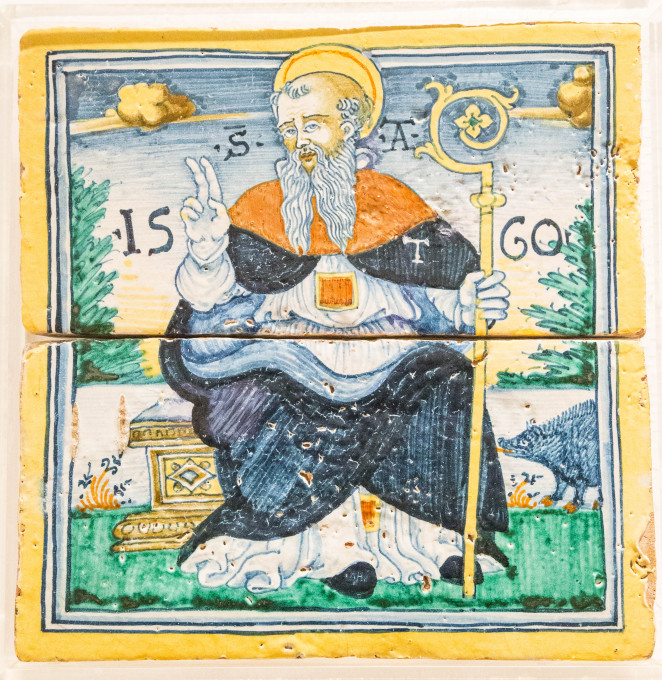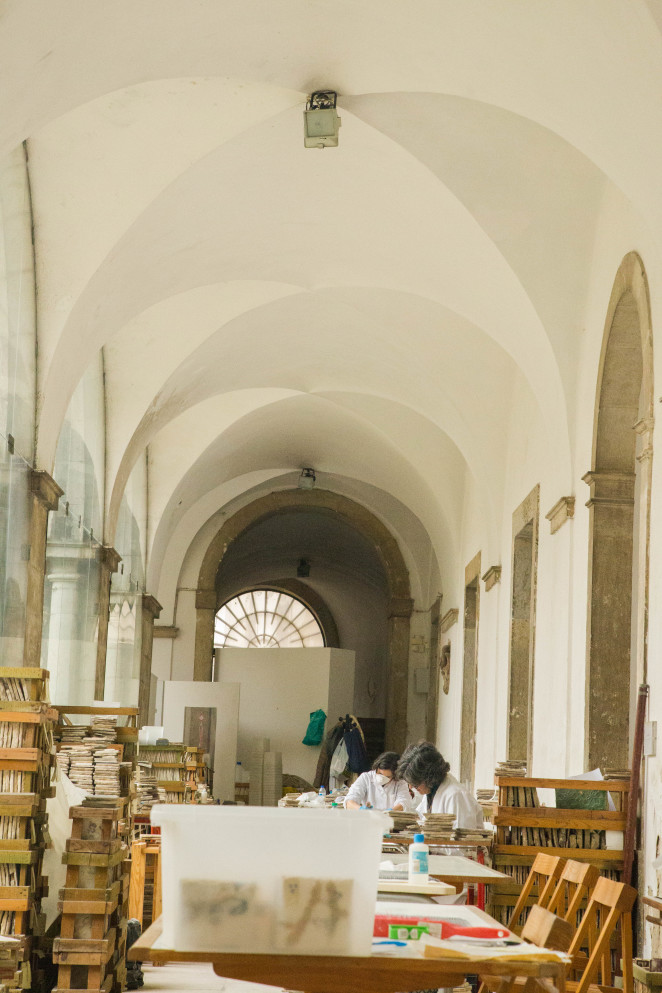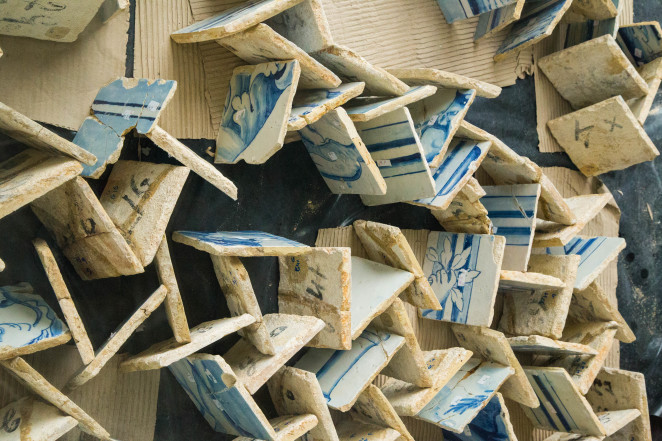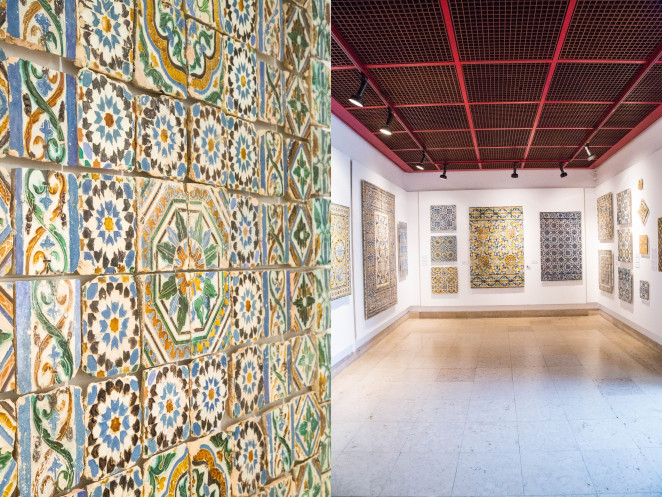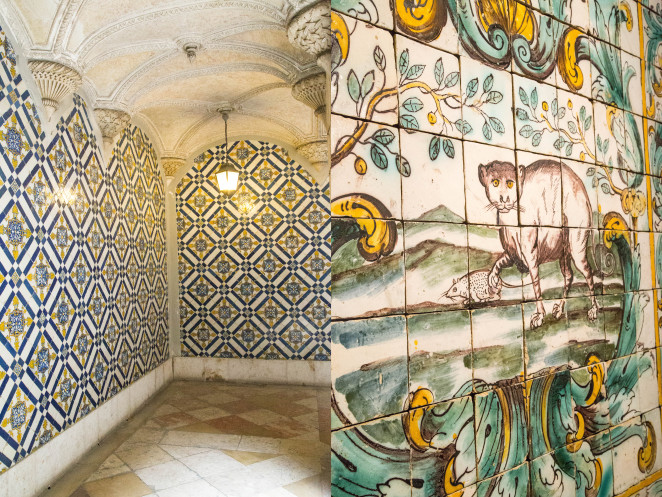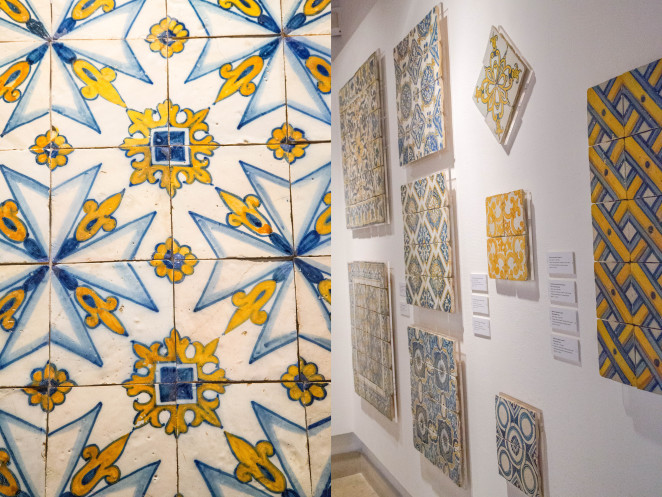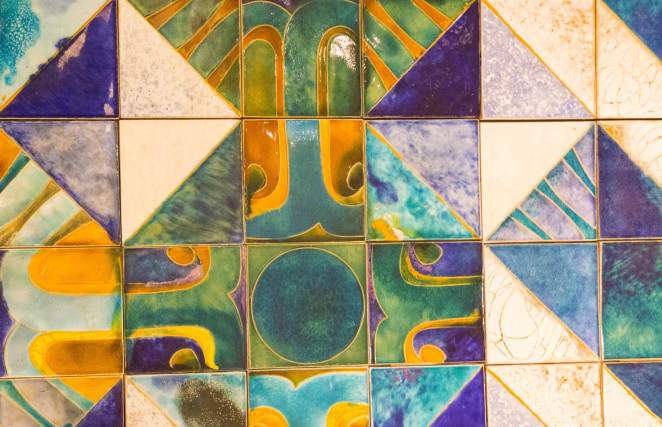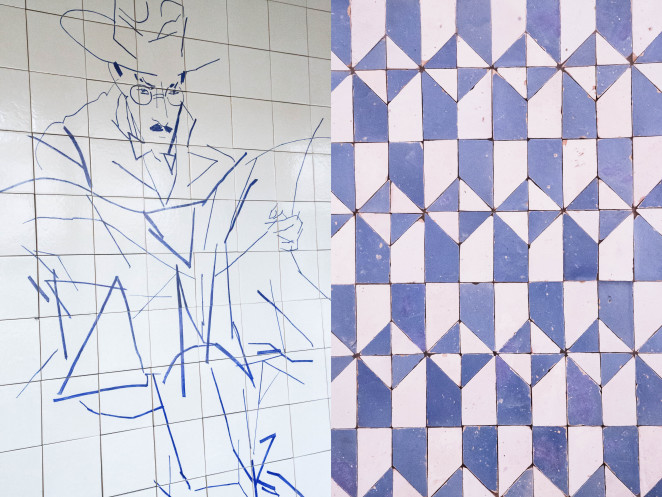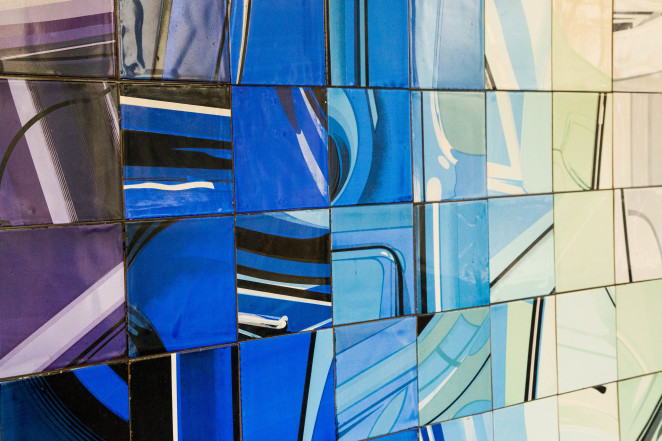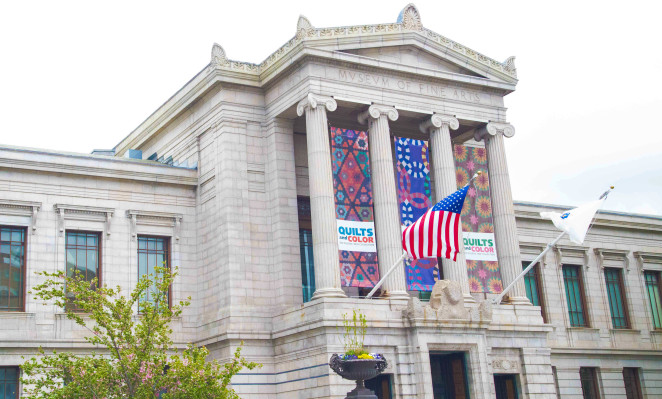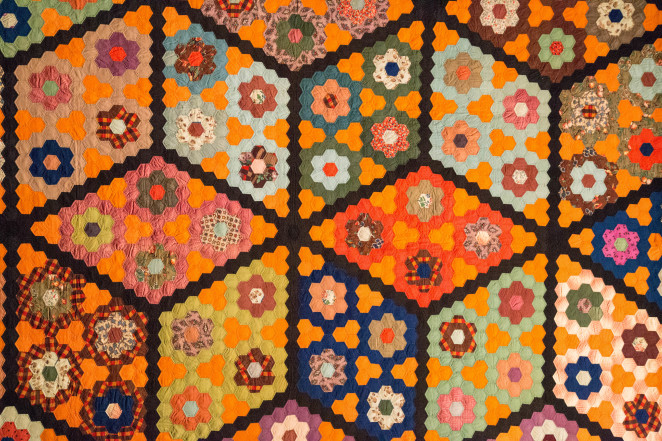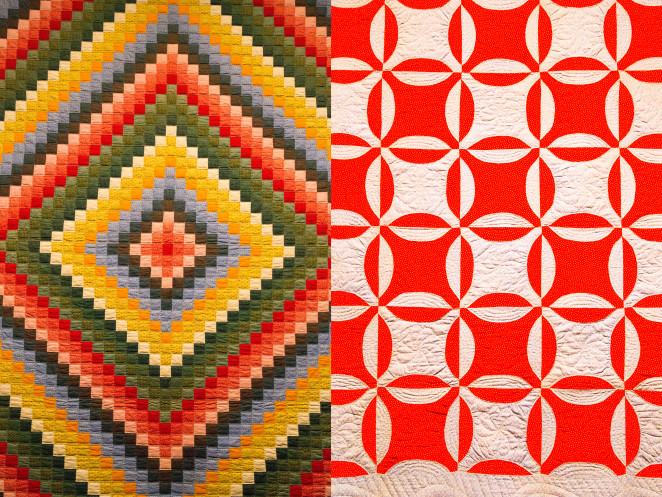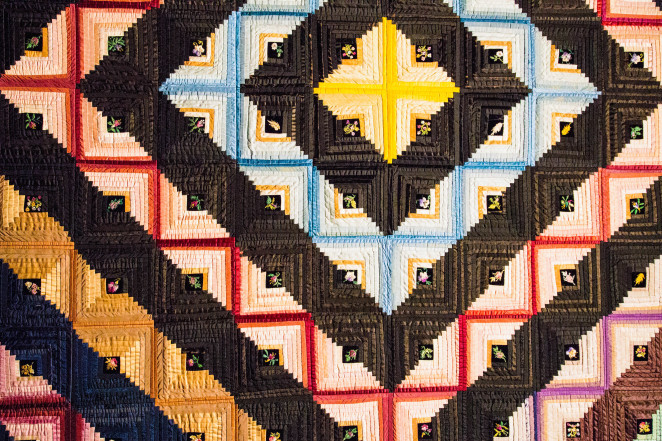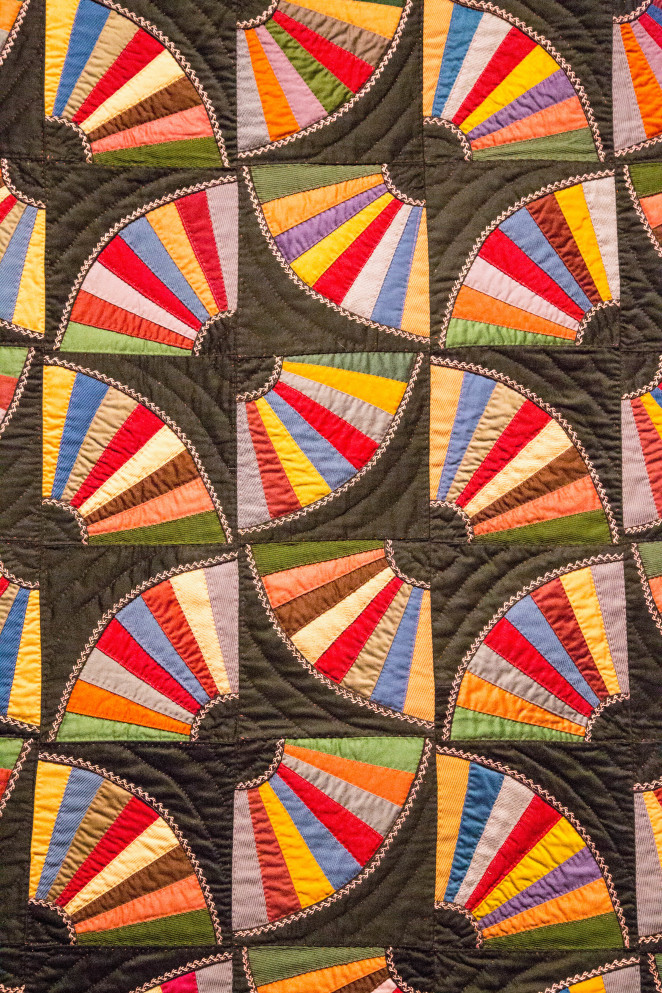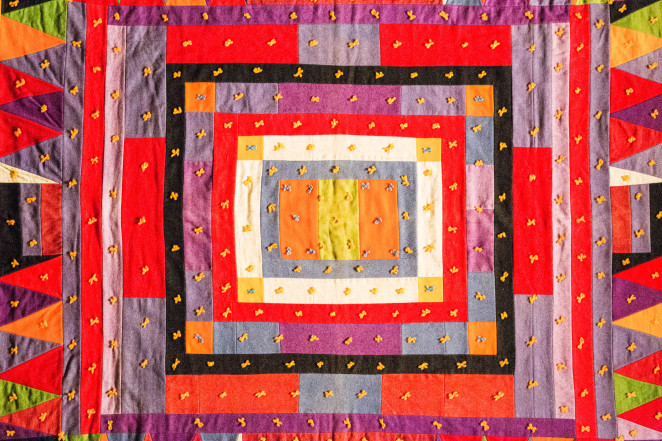March 1, 2015
AZULEJO = POLISHED STONE
One thing you can say for sure, is that the Portuguese know tile — it is everywhere there! On a recent trip to Portugal, I was fascinated with the use of tile, not only in churches and ornate palaces, but also in ordinary houses, park seats, fountains, shops and even in metro stations. Tiles are not only used as decorations, but also as functional parts of the buildings themselves.
I learned the word for tiles is “azulejos.” Although many would assume the word is a derivation of azul (Portuguese for “blue”), the name actually comes from the Arabic word az-zulayj, roughly translated as “polished stone.”
While in Lisbon, I visited the Museu Nacional do Azulejo (Lisbon’s Tile Museum). There I was able to see the development of tiles in Portugal from their beginnings to the present. The museum has five centuries (yes I said five!) of decorative ceramic tiles, which trace the history and production of the art form. There is also a conservation and restoration department, which can be viewed as you stroll through the museum.
I found all of the tile I saw unique and lovely in its own way — whether portraying dramatic, historic scenes or simply serving as ornamental street signs, nameplates or house numbers. Of course, one of my most treasured mementos I brought back from my trip was a decorative tile!



